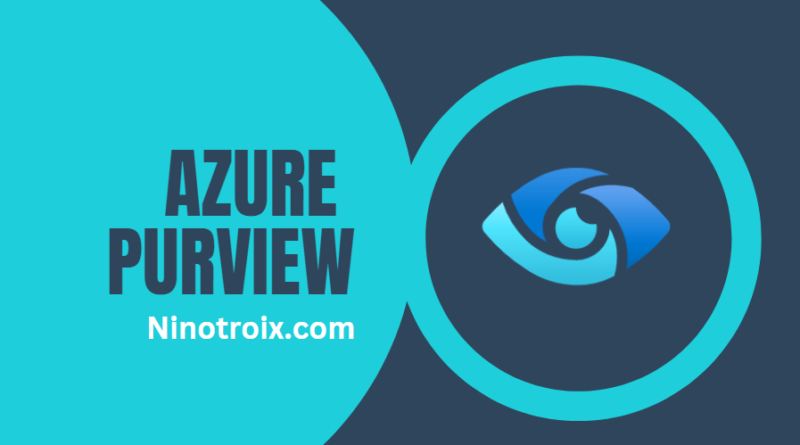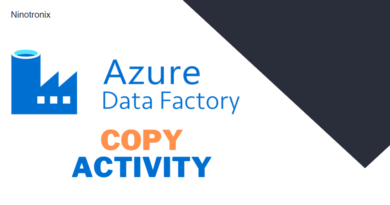Azure Purview: Best Practices and Use Cases
Azure Purview is a powerful data governance and metadata management solution offered by Microsoft Azure. It provides organizations with a unified way of discovering, understanding, and managing their data assets, regardless of where they are stored or how they are accessed. With Azure Purview, organizations can unlock the power of their data by gaining insights into its quality, lineage, and usage, and by ensuring compliance with data privacy and security regulations.
Here are some best practices and use cases for using Azure Purview:
Best Practices:
- Define a clear data governance strategy: Before implementing Azure Purview, it is essential to define a clear data governance strategy that outlines how data will be managed, who is responsible for managing it, and what processes and procedures will be put in place to ensure its quality and integrity.
- Establish metadata management processes: Metadata is critical to understanding data, and it is essential to establish processes for managing metadata effectively. These processes should include defining metadata standards, capturing and storing metadata in a central repository, and ensuring that metadata remains up-to-date.
- Use automated scanning and classification: Azure Purview provides automated scanning and classification capabilities that can help identify sensitive data and ensure that it is appropriately secured. Using these capabilities can reduce the risk of data breaches and ensure compliance with data privacy regulations.
- Implement data lineage tracking: Data lineage tracking is the process of tracing the origins and transformations of data. Implementing data lineage tracking using Azure Purview can help organizations understand how data is used and identify any issues or errors that may arise.
- Monitor data usage and quality: It is essential to monitor data usage and quality continually. Azure Purview provides monitoring capabilities that can help organizations track data usage, identify any anomalies, and ensure that data remains accurate and up-to-date.
Use Cases:
- Data discovery and classification: Azure Purview can help organizations discover and classify data across multiple sources and locations, making it easier to identify sensitive data and ensure that it is appropriately secured.
- Data lineage tracking: Azure Purview can track the lineage of data across multiple sources, providing a complete view of how data is used and transformed across the organization.
- Compliance and regulation: Azure Purview can help organizations ensure compliance with data privacy and security regulations by providing automated scanning and classification capabilities, data lineage tracking, and monitoring capabilities.
- Analytics and reporting: Azure Purview can provide insights into data quality, usage, and lineage, enabling organizations to make informed decisions and improve their analytics and reporting capabilities.
- Data integration: Azure Purview can integrate with other Azure services, making it easier to manage data across multiple platforms and locations.
In conclusion, Azure Purview provides organizations with a powerful tool for managing their data assets. By implementing best practices such as defining a clear data governance strategy, establishing metadata management processes, and using automated scanning and classification, organizations can unlock the power of their data and ensure compliance with data privacy and security regulations. Use cases such as data discovery and classification, data lineage tracking, compliance and regulation, analytics and reporting, and data integration demonstrate the broad range of benefits that Azure Purview can provide to organizations seeking to manage their data effectively.



